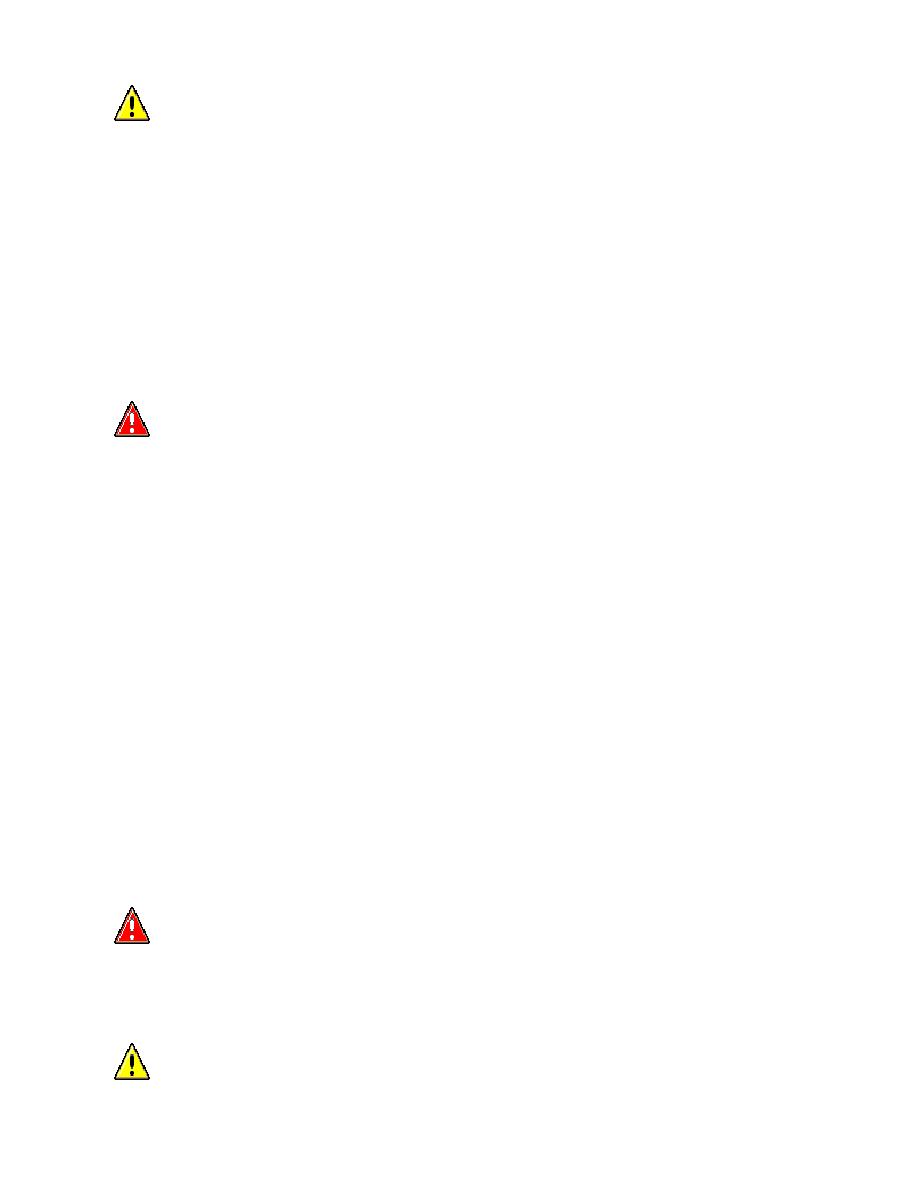LR3/Disco 3

l
Always make suitable reference marks between the components of separable bearings e.g. taper roller bearings
when disassembling to ensure correct location of components when assembling. Never fit new rollers in an outer
ring, always fit a new bearing assembly.
Brake Pads and Linings
Always fit the correct grade and specification of brake pads and linings. When replacing these items, always replace as
complete axle sets.
Brake Hydraulics
Always observe the following recommendations when working on the braking system:
l
Always use two spanners when loosening or tightening brake pipes or hose connections.
l
Ensure that hoses run in a natural curve and are not kinked or twisted.
l
Fit brake pipes and hoses securely in their retaining clips and ensure that they cannot contact a potential chafing
point.
l
Containers used for brake fluid must be kept absolutely clean.
l
Do not store brake fluid in unsealed containers, the fluid will absorb water which will lower the boiling point of the
fluid.
l
Do not allow brake fluid to be contaminated with other fluids such as mineral oil and do not put brake fluid in a
container which has previously been used for storing other fluids.
l
Do not re-use brake fluid which has been bled from the system.
l
Always use brake fluid or a suitable brake cleaning fluid to clean hydraulic components.
l
Unless stated otherwise, use only clean brake fluid to lubricate hydraulic seals and components.
l
Always fit blanking plugs to hoses, pipes or components immediately after disconnection.
l
Check thread compatibility of original equipment with replacement components.
l
Observe absolute cleanliness when working with hydraulic components.
Pipes and Hoses
When removing or installing flexible hydraulic pipes and hoses, ensure that the following procedures are observed to
ensure component serviceability:
l
Prior to removal, clean area around hose or pipe end which is to be disconnected.
l
Obtain appropriate blanking plugs or caps before disconnecting hose or pipe end fittings in order that connections
can be plugged immediately following disconnection.
l
Always fit blanking plugs or caps to pipes and unions immediately following disconnection.
l
Clean hose or pipe and blow through with an air line.
l
Check hoses externally for cracks, separation of plies, security of end fittings and external damage; replace faulty
hoses.
l
Check pipes for signs of corrosion and chafing, replace as necessary.
CAUTION: When a waxed oil seal (fitted dry) type of oil seal is to be fitted, take great care that grease
does not contaminate the running surface of the seal.
WARNING: Do not intermix brake fluid of different specifications.
WARNING: Suitable eye protection must be worn.
CAUTION: If pipes are found to be chafed, rectify clips, mounting points etc., to prevent further
problems in service.
